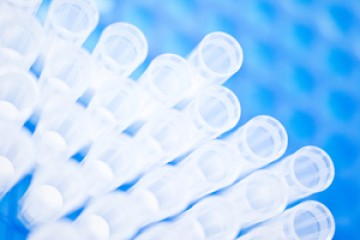Project grant
Human pluripotent stem cell cardiomyocytes and hepatocytes with engineered genotypes for drug safety evaluation

At a glance
Completed
Award date
April 2013 - April 2016
Grant amount
£414,536
Principal investigator
Professor Chris Denning
Co-investigator(s)
- Professor Lorraine Young
- Dr Chris Goldring
- Professor Kevin Park
- Dr William Skarnes
Institute
University of Nottingham
R
- Replacement
Read the abstract
View the grant profile on GtR
